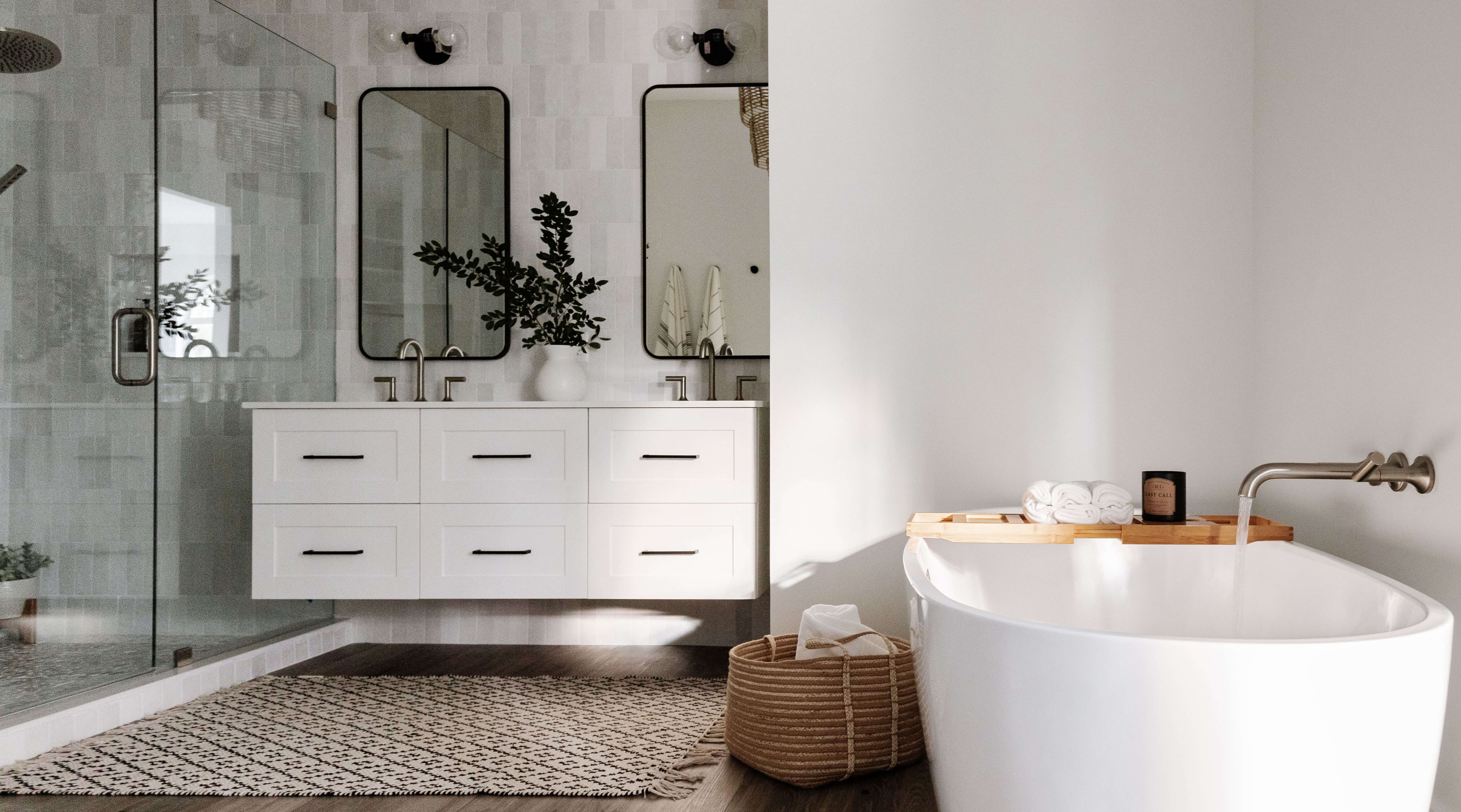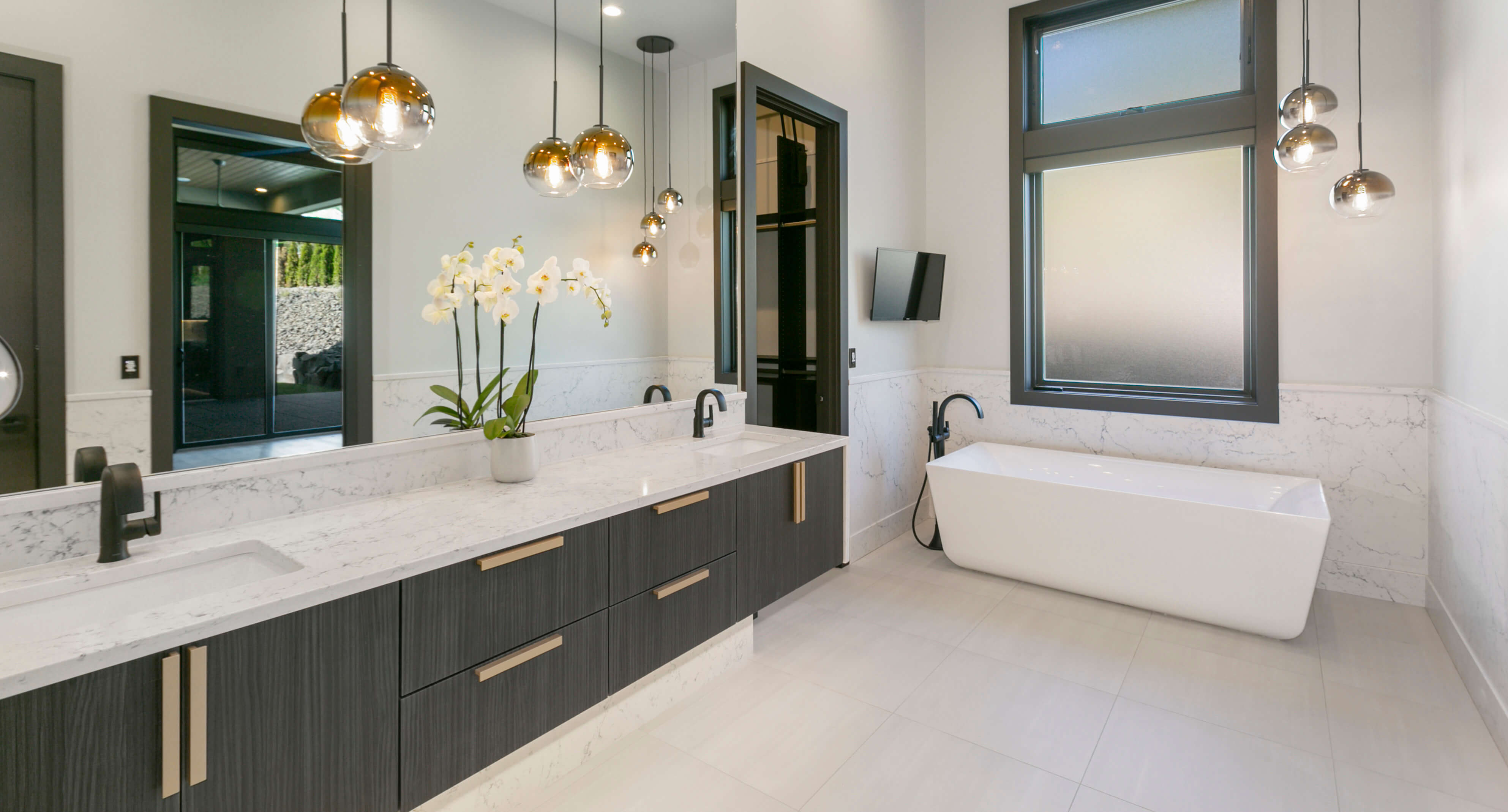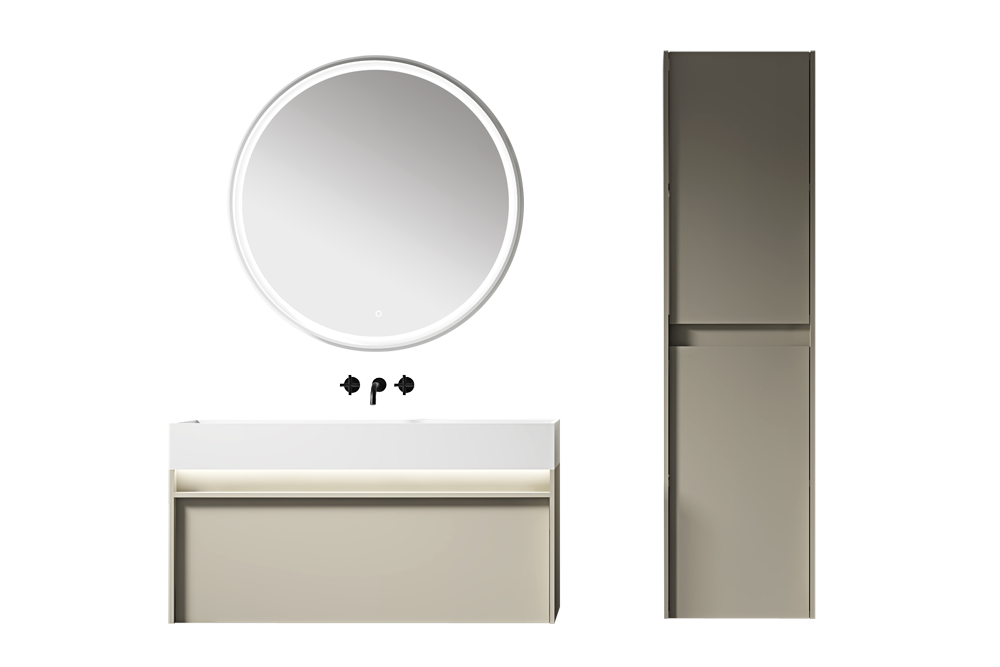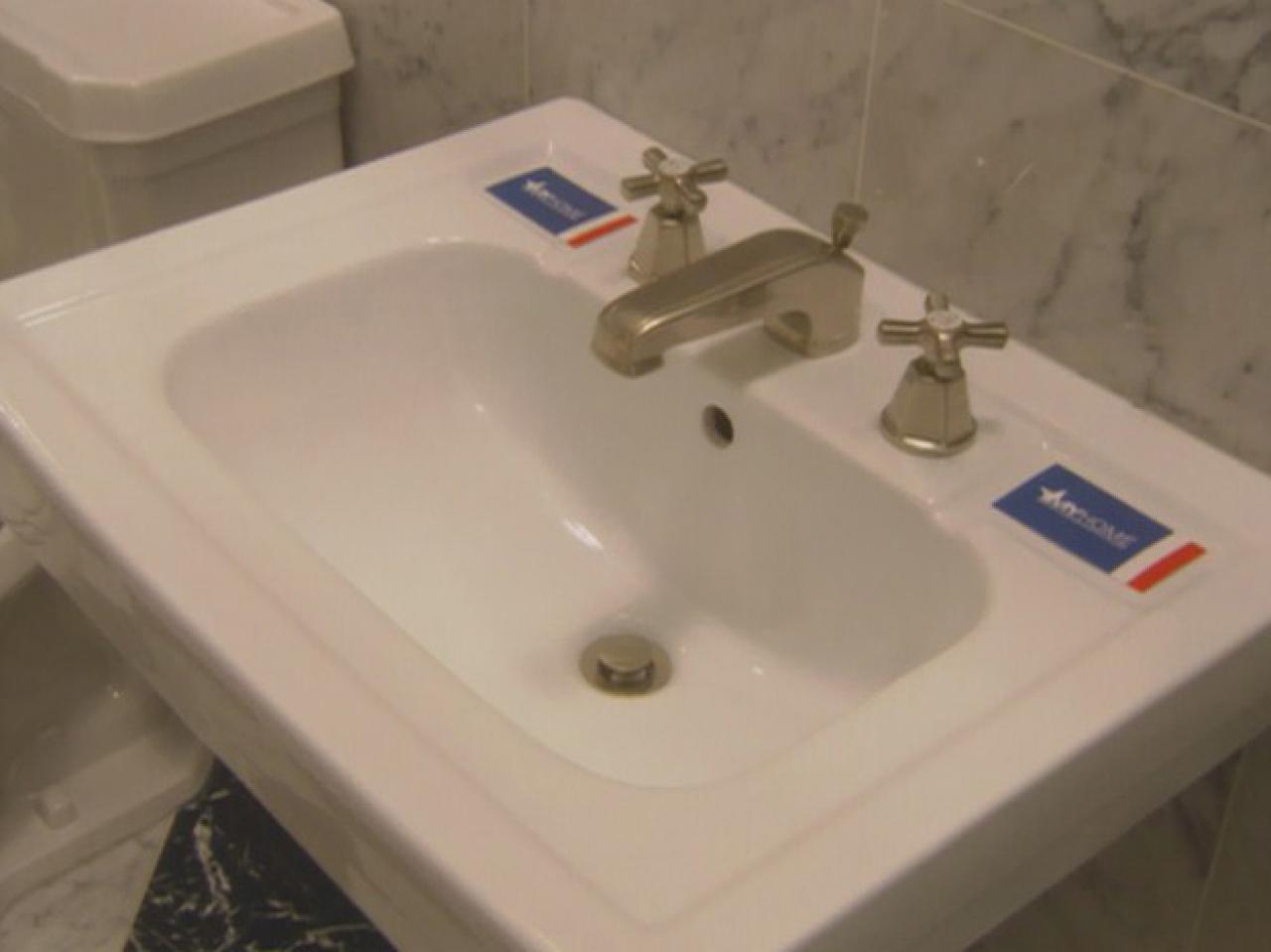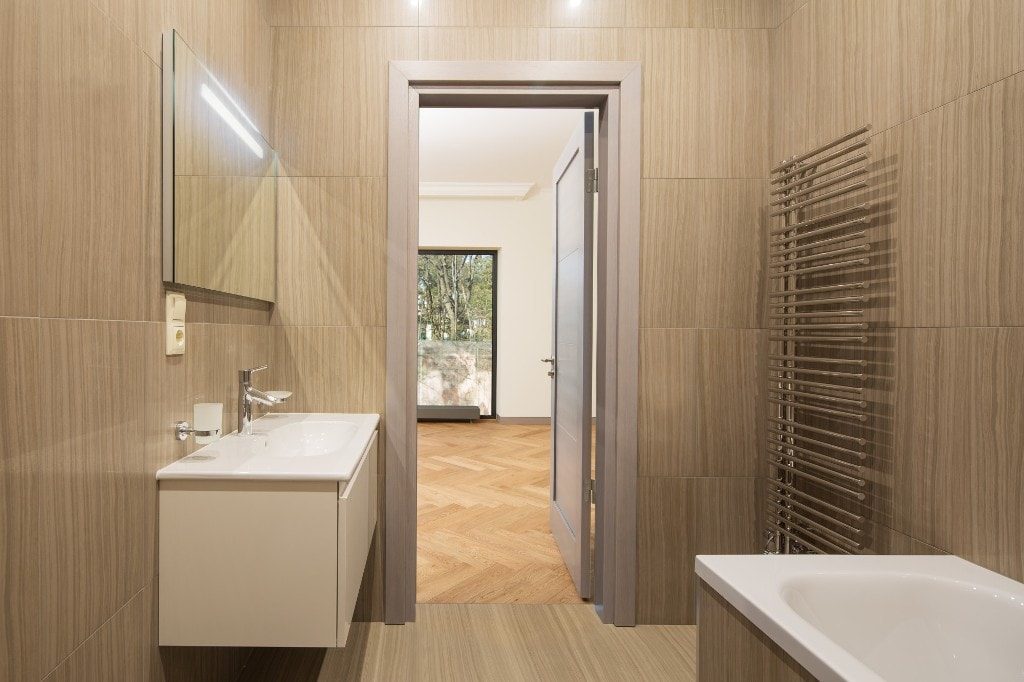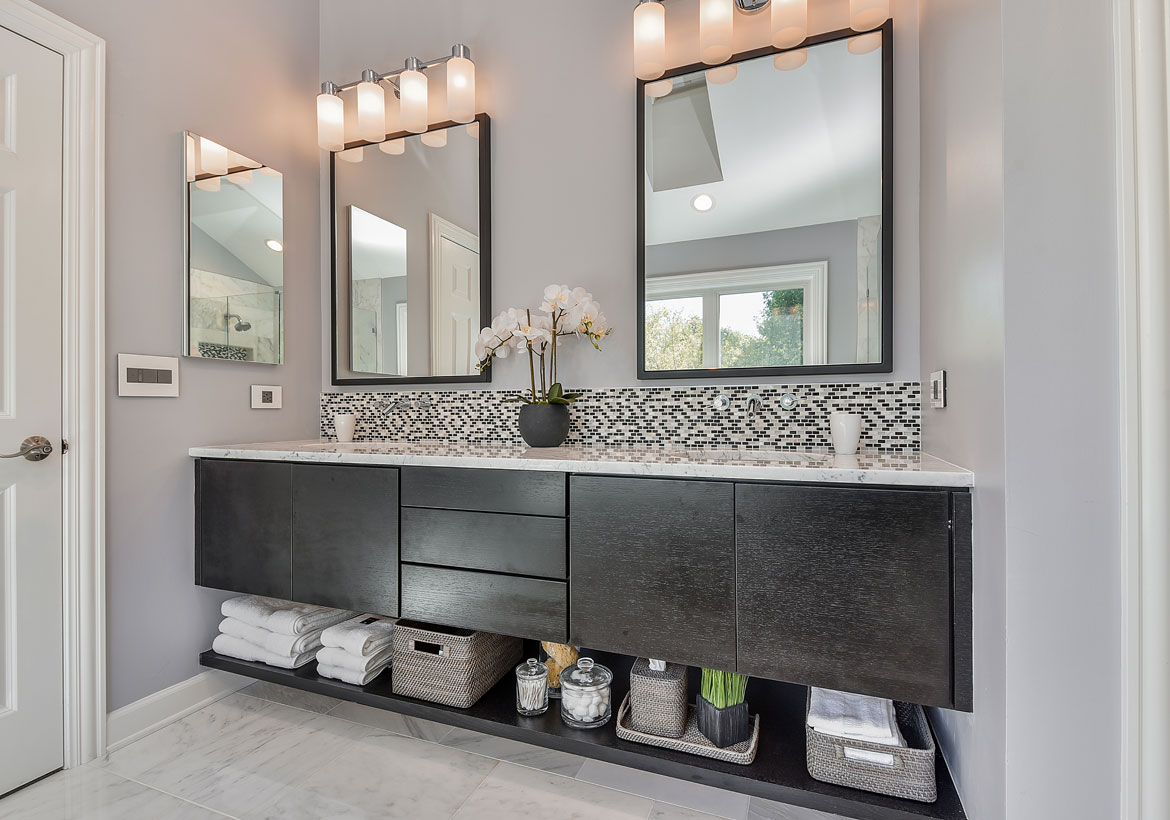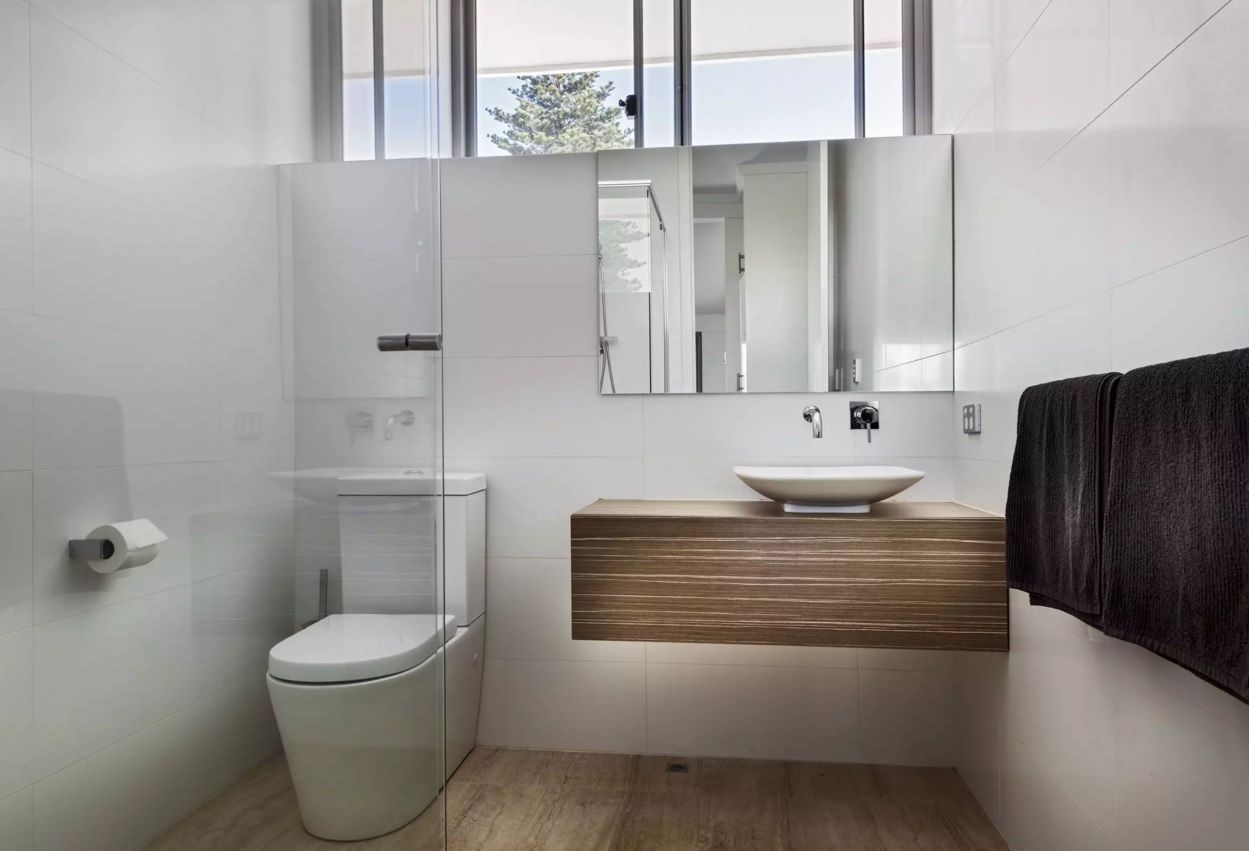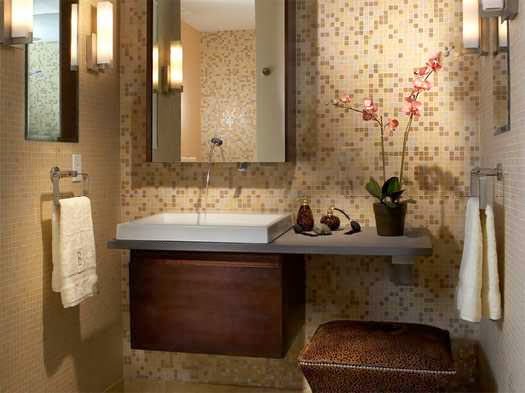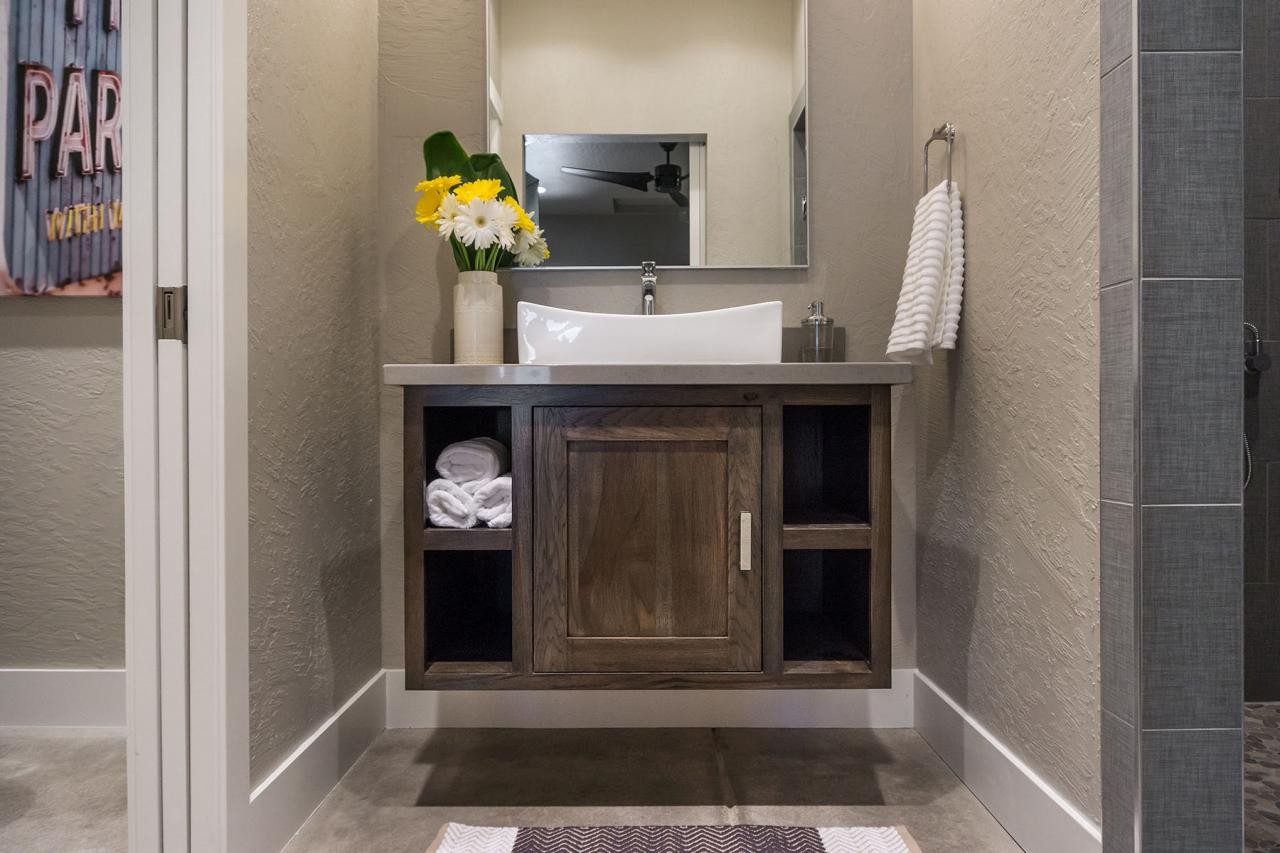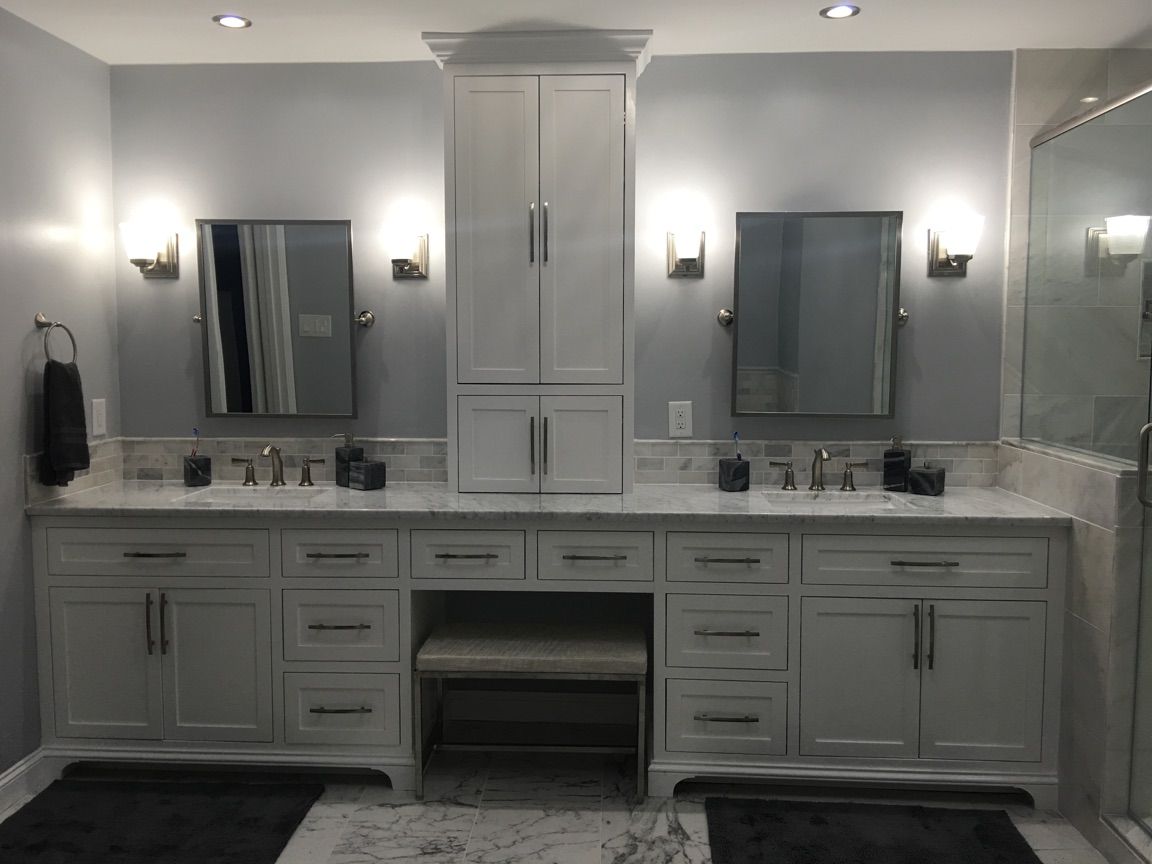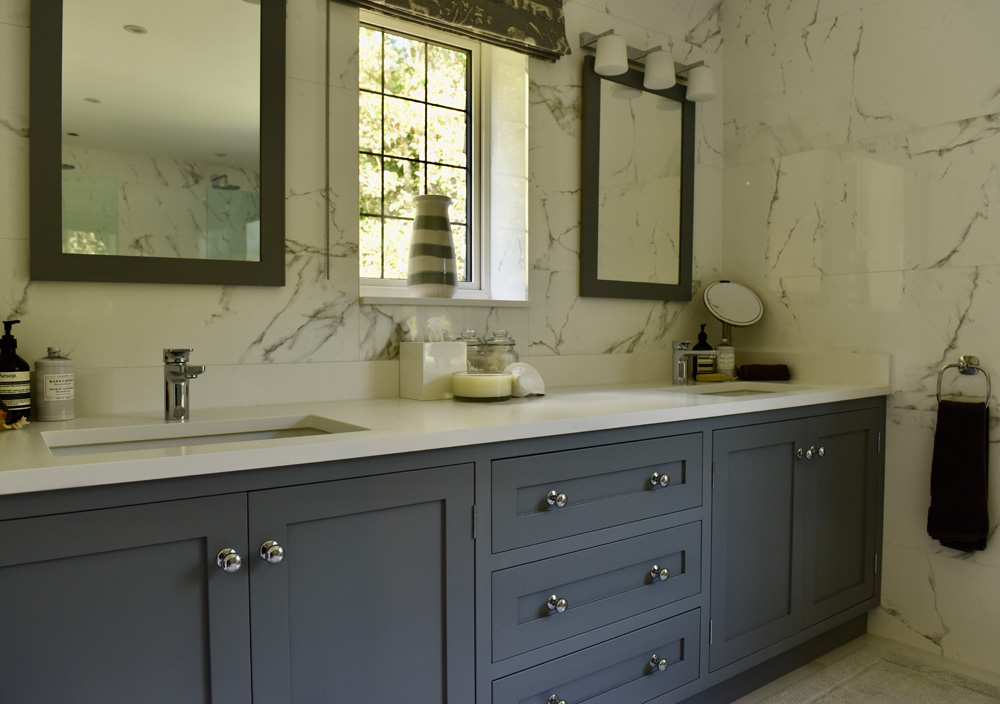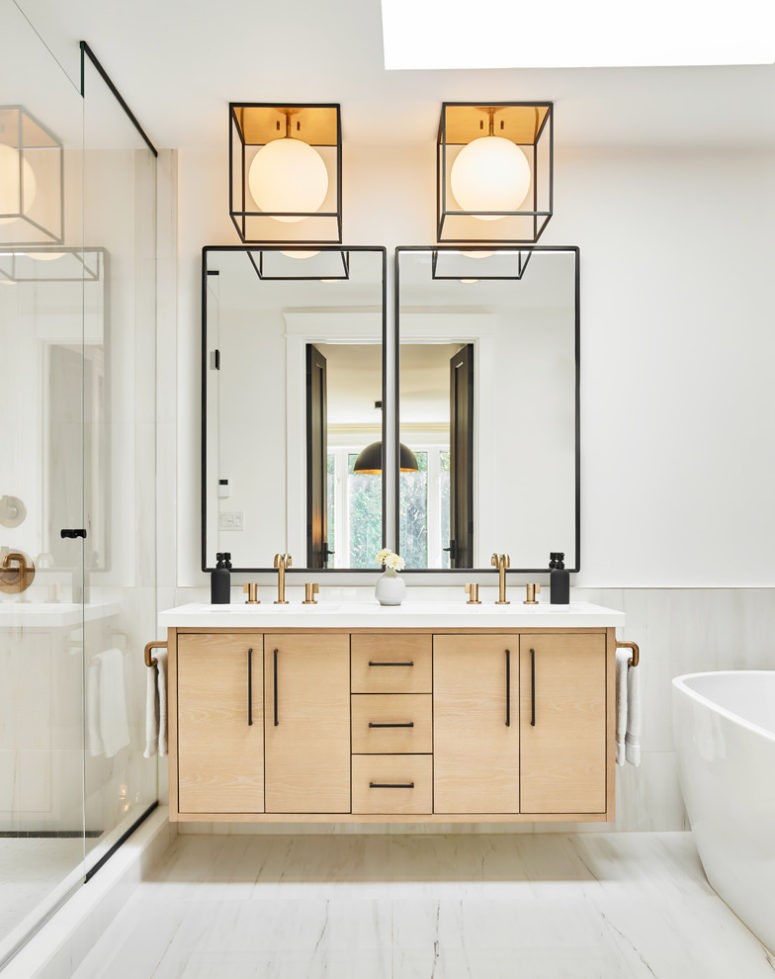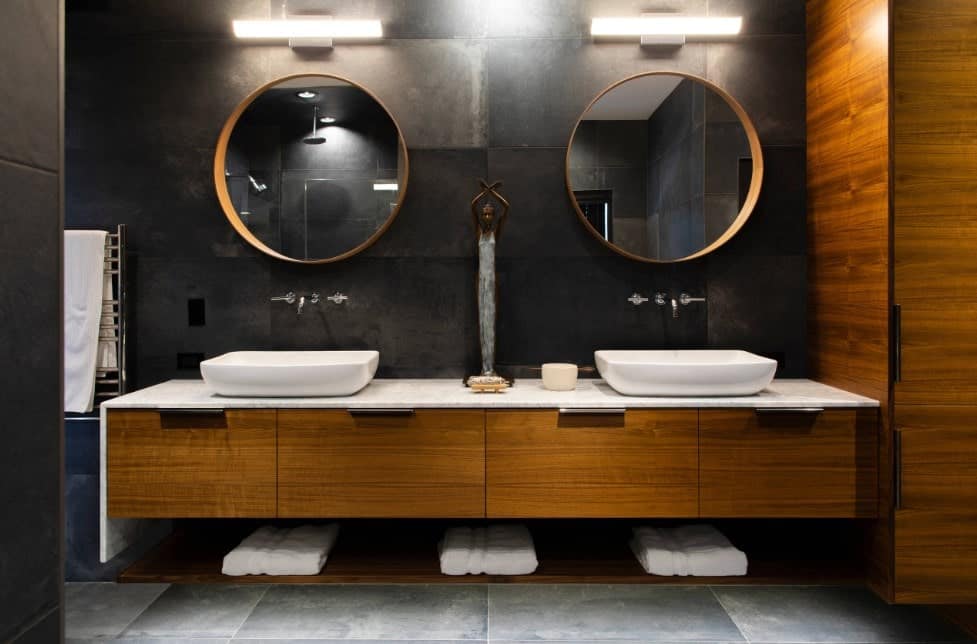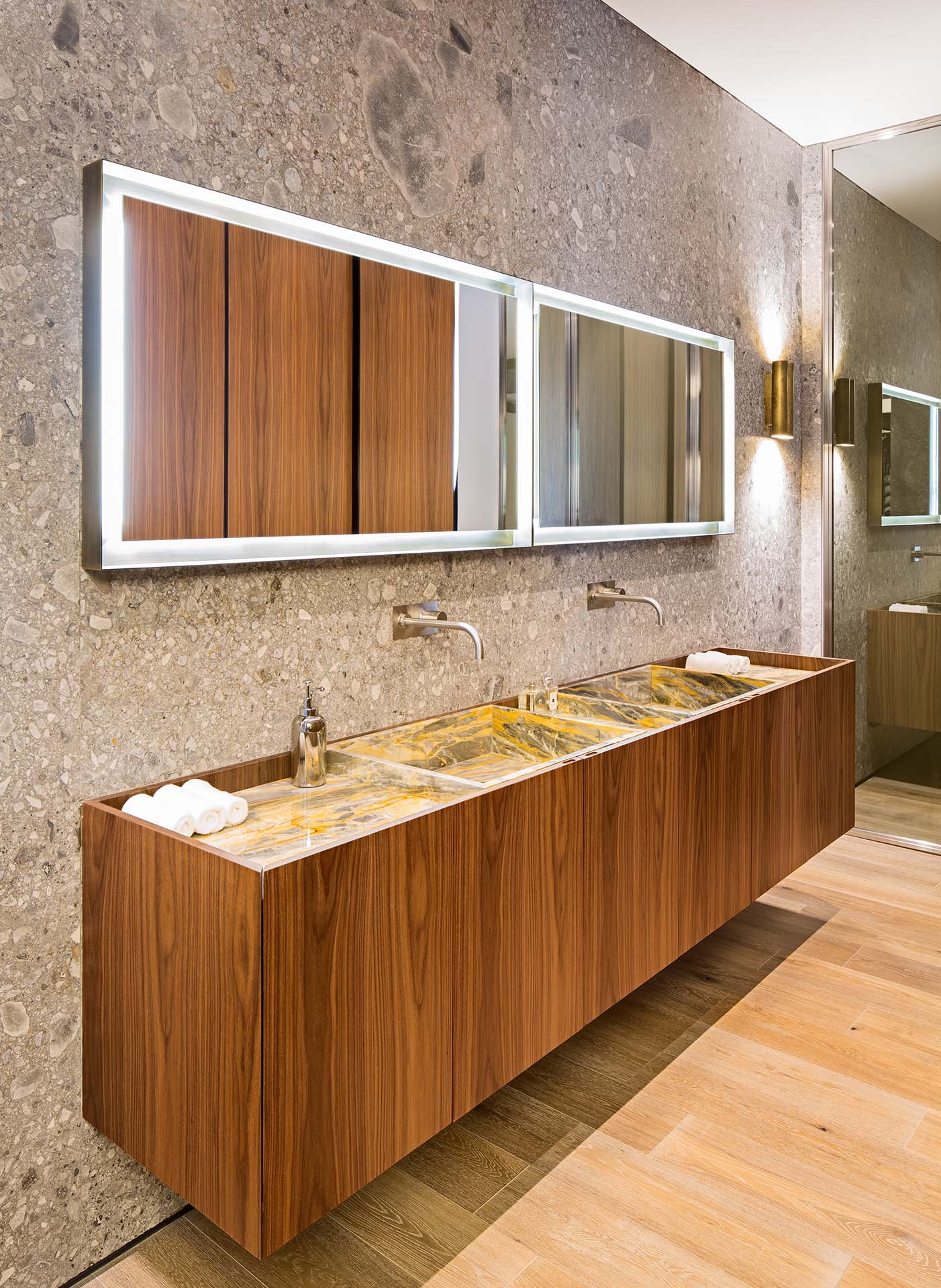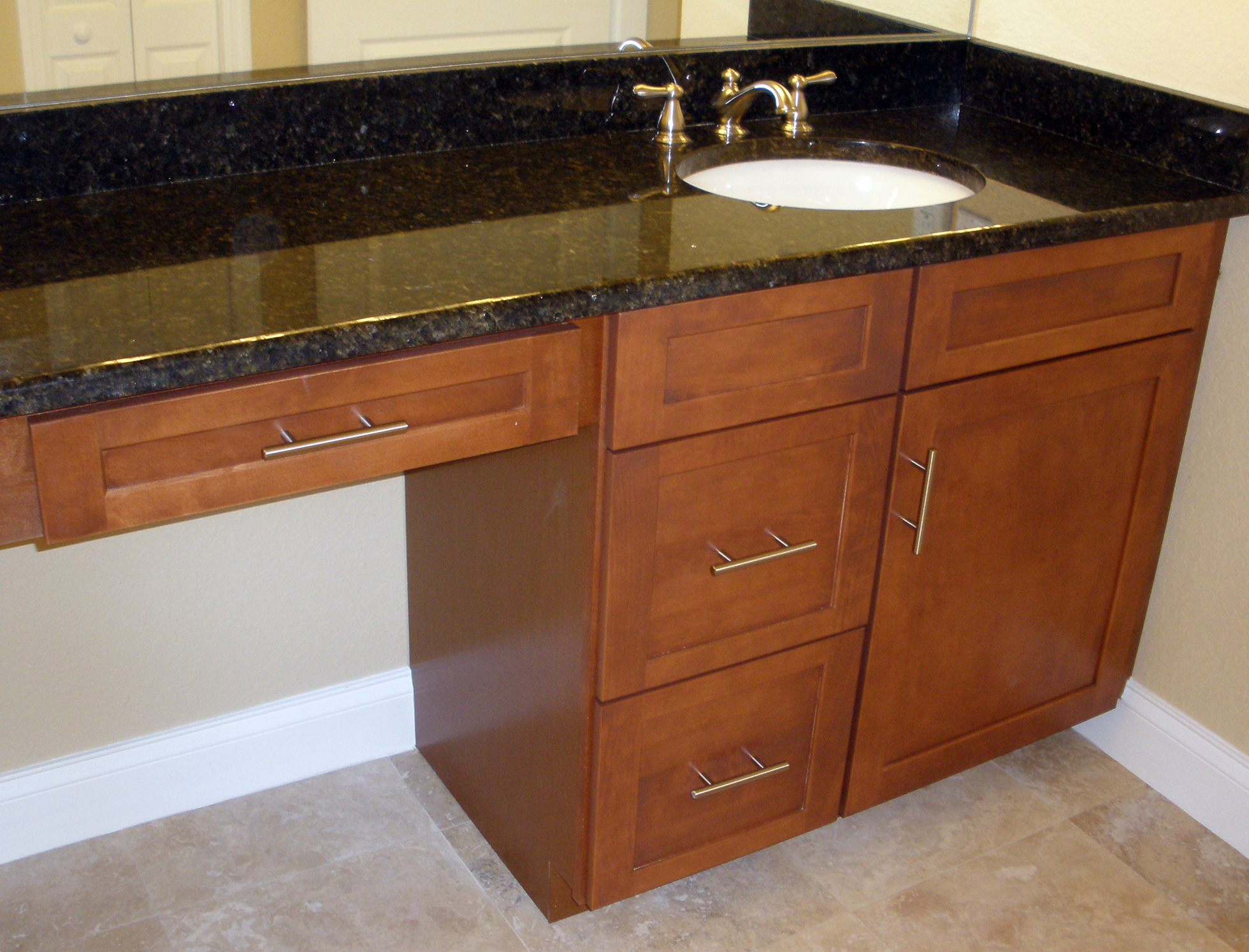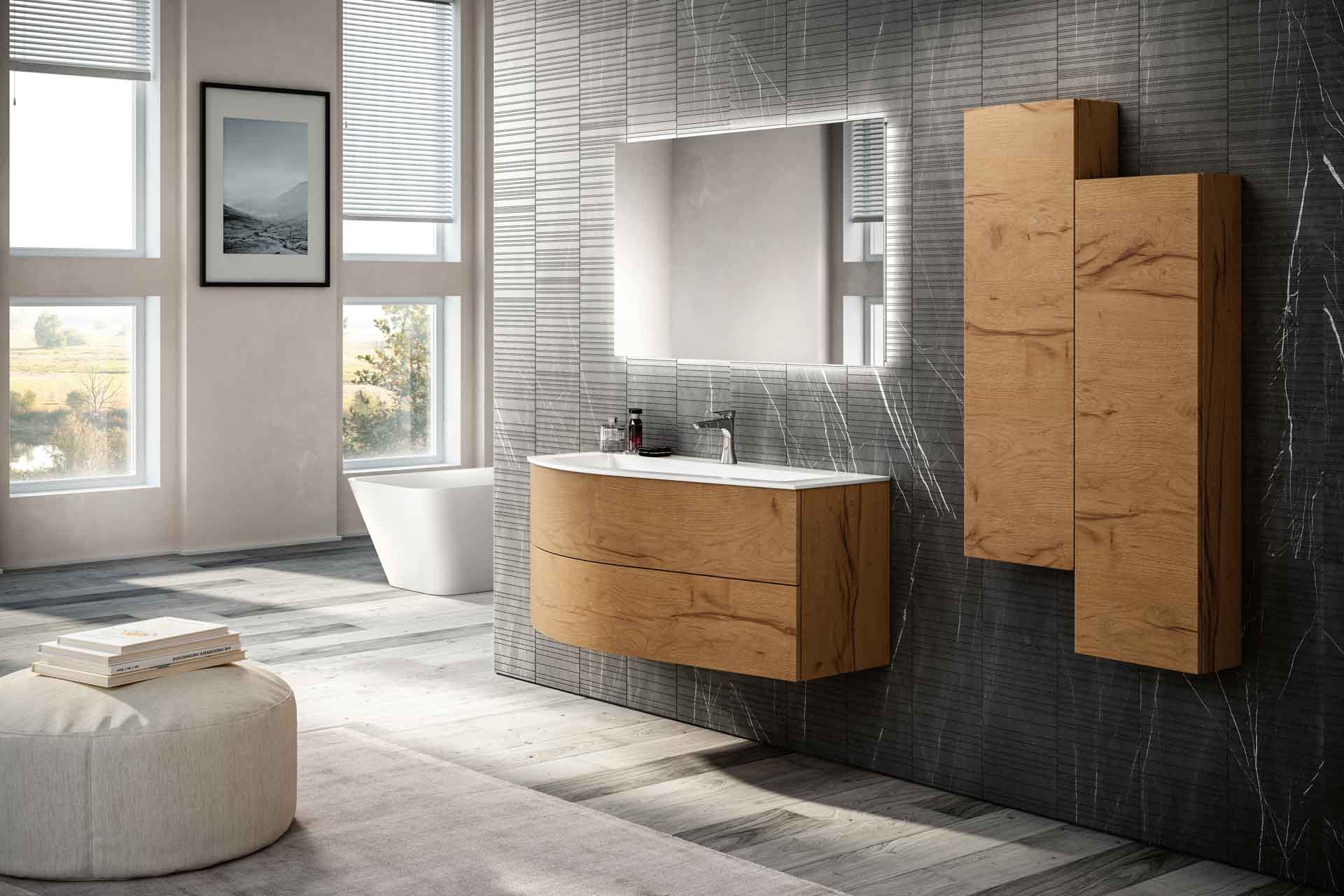Are you looking to add a touch of modern elegance to your bathroom? A floating bathroom vanity may be just what you need. Not only does it create the illusion of more space, but it also adds a sleek and stylish element to your bathroom design. In this step-by-step guide, we will show you how to build your own floating bathroom vanity in just a few simple steps.Building a Floating Bathroom Vanity: A Step-by-Step Guide
Building a floating bathroom vanity may seem like a daunting task, but with the right tools and materials, it can be a fun and rewarding DIY project. Here are 5 easy steps to help you get started:How to Build a Floating Bathroom Vanity in 5 Easy Steps
Before you begin building your floating bathroom vanity, here are a few tips and tricks to keep in mind: 1. Measure and Plan: The first step to any successful DIY project is to measure and plan. Measure your space and decide on the size of your vanity. Consider the placement of your plumbing and choose a design that will work best for your space. 2. Use Quality Materials: To ensure the longevity of your vanity, it is important to use quality materials. Choose a sturdy and durable wood, such as oak, for the frame and a water-resistant material, like marine-grade plywood, for the cabinet. 3. Opt for Floating Brackets: Floating brackets are essential for creating the illusion of a floating vanity. Make sure to choose a strong and sturdy bracket that can support the weight of your vanity and countertop. 4. Consider Your Sink: Your sink is not only functional but also a design element. Consider the size and shape of your sink and choose one that complements your vanity design. 5. Don't Forget About Storage: A vanity is not complete without storage. Consider adding drawers or shelves to your design to keep your bathroom essentials organized and clutter-free.DIY Floating Bathroom Vanity: Tips and Tricks
When it comes to materials and design ideas for a modern floating bathroom vanity, the possibilities are endless. Here are a few ideas to get you inspired: 1. Reclaimed Wood: For a rustic and eco-friendly touch, consider using reclaimed wood for your vanity. It adds character and warmth to your bathroom design. 2. Minimalist White: A white floating vanity with clean lines and minimalistic design is perfect for a modern and sleek bathroom look. 3. Double Sink Vanity: If you have ample space in your bathroom, consider building a double sink floating vanity for a luxurious and functional design. 4. Open Shelving: For a more open and airy feel, opt for open shelving instead of drawers. It adds a minimalist and modern touch to your bathroom design. 5. Concrete Countertop: A concrete countertop adds an industrial and edgy element to your floating vanity. It is also a durable and water-resistant option.Building a Modern Floating Bathroom Vanity: Materials and Design Ideas
Now that you have built your floating bathroom vanity, it's time to install it. Here is a beginner's guide to help you with the installation process: 1. Locate the Studs: Use a stud finder to locate the studs on the wall. This is where you will be attaching your floating brackets. 2. Install the Brackets: Use a level to ensure that your brackets are straight and then drill them into the studs. Make sure they are securely attached to the wall. 3. Attach the Vanity: With the help of a friend, carefully lift the vanity onto the brackets and make sure it is level. Secure the vanity to the brackets using screws. 4. Connect the Plumbing: If you are using a sink, now is the time to connect the plumbing. Make sure everything is securely attached and there are no leaks. 5. Add the Countertop: Carefully place the countertop on top of the vanity and secure it with adhesive. Make sure it is evenly placed and level.How to Install a Floating Bathroom Vanity: A Beginner's Guide
Just because you have a small bathroom doesn't mean you can't have a floating vanity. Here are a few ideas to help you make the most out of your small space: 1. Wall-Mounted Vanity: A wall-mounted floating vanity takes up minimal space and creates the illusion of more floor space. 2. Corner Vanity: Utilize the corners of your bathroom by installing a corner floating vanity. It is a great space-saving solution. 3. Pedestal Sink Vanity: For a more minimalistic and open look, opt for a pedestal sink as your floating vanity. It takes up minimal space and adds a touch of elegance to your bathroom.Floating Bathroom Vanity Ideas for Small Spaces
If you are feeling extra creative and want to build a custom floating bathroom vanity, here are a few examples and inspirations to help you get started: 1. Vanity with Built-In Storage: Instead of adding separate storage to your vanity, consider building it directly into the design. This creates a seamless and functional look. 2. Vanity with Integrated Lighting: Add a touch of luxury to your custom vanity by incorporating integrated lighting. This not only adds a stylish element but also makes your vanity more functional. 3. Floating Vanity with Exposed Plumbing: Embrace the industrial look by leaving the plumbing exposed on your custom floating vanity. It adds a unique and edgy touch to your bathroom design.Building a Custom Floating Bathroom Vanity: Inspiration and Examples
Still not sure if a floating bathroom vanity is the right choice for you? Here are some pros and cons to help you make your decision: Pros: - Creates the illusion of more space - Modern and sleek design - Customizable and versatile - Easy to clean and maintain Cons: - Requires proper installation and support - Limited storage space - May be more expensive than traditional vanitiesFloating Bathroom Vanity vs. Traditional Vanity: Pros and Cons
The right sink can make or break your floating bathroom vanity. Here are some tips to help you choose the perfect sink for your vanity: 1. Consider the Size: Make sure your sink is proportionate to the size of your vanity. A large sink on a small vanity can look overwhelming. 2. Think About the Style: Your sink should complement the style of your vanity. For a modern vanity, opt for a sleek and minimalistic sink. 3. Don't Forget Functionality: Choose a sink that fits your daily needs. If you need more counter space, opt for a sink with a larger edge. 4. Consider the Material: Sinks come in a variety of materials, such as porcelain, marble, and stainless steel. Consider the durability and maintenance of each material before making your decision.How to Choose the Right Sink for Your Floating Bathroom Vanity
Building a floating bathroom vanity doesn't have to break the bank. Here are a few creative solutions to help you build a budget-friendly floating vanity: 1. Use Recycled Materials: Instead of purchasing new materials, consider using recycled or repurposed materials for your vanity. This not only saves money but also adds a unique touch to your design. 2. Shop Secondhand: You can often find great deals on secondhand sinks, countertops, and even vanity cabinets. Keep an eye out at thrift stores and online marketplaces for budget-friendly options. 3. DIY Your Countertop: Instead of buying a pre-made countertop, consider making your own using concrete or wood. This allows you to customize the size and design while also saving money. Now that you have all the information you need, it's time to start building your very own floating bathroom vanity. Remember to take your time and have fun with the process. With these tips and ideas, you can create a beautiful and functional floating vanity that will elevate your bathroom design. Building a Floating Bathroom Vanity on a Budget: Creative Solutions
Maximizing Space with a Floating Bathroom Vanity
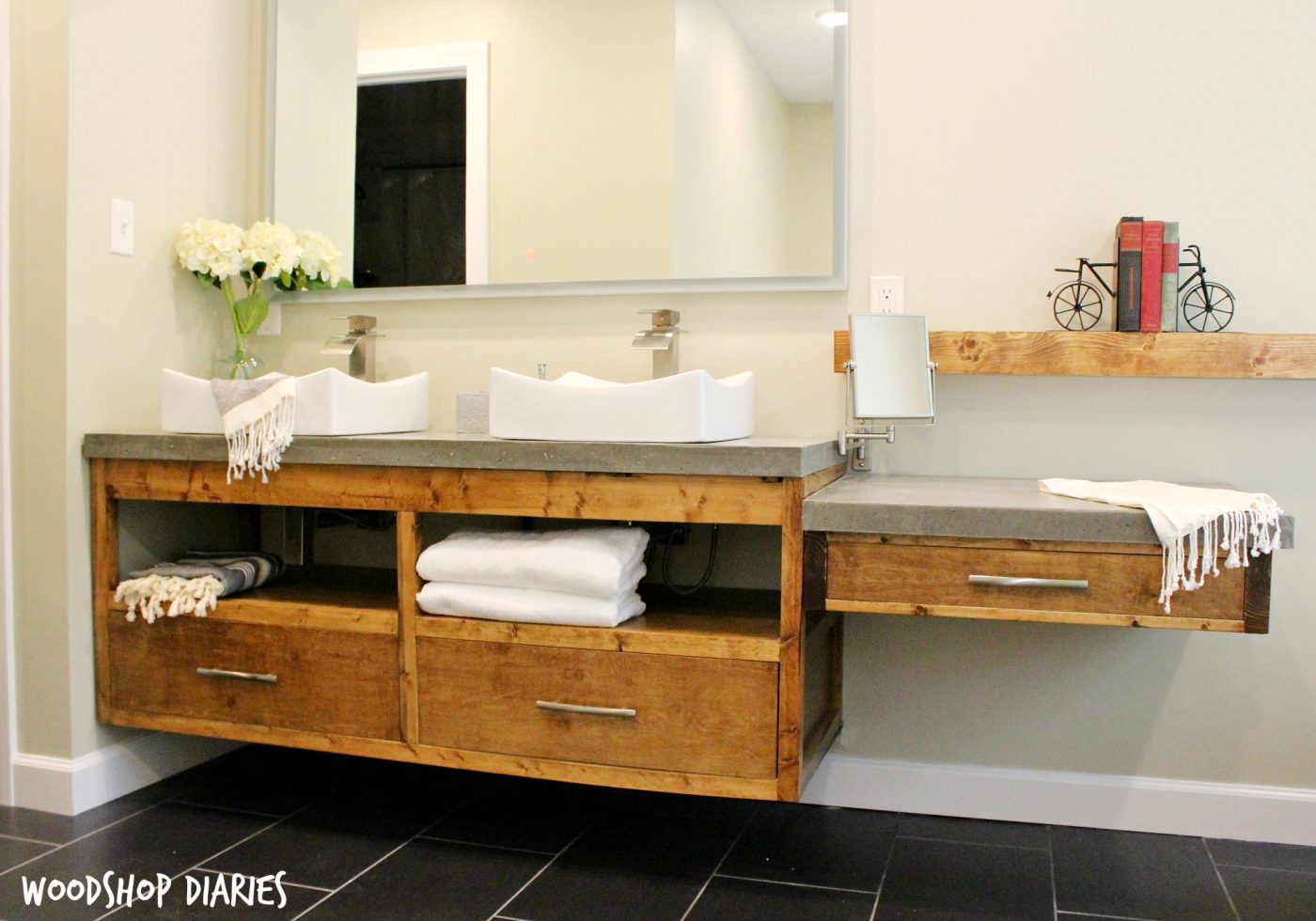
Why Choose a Floating Vanity?
 When it comes to designing a modern and functional bathroom, a floating vanity is a popular choice among homeowners and designers alike. This type of vanity is mounted directly to the wall, leaving the space underneath it open and free. This not only creates a sleek and minimalist look, but also maximizes the use of space in a smaller bathroom. Additionally, a floating vanity can add a touch of sophistication and elegance to any bathroom design.
Floating Bathroom Vanity
options come in a variety of styles, sizes, and materials, making it easy to find one that fits your personal taste and the overall aesthetic of your house. Whether you prefer a more traditional look with a wooden vanity or a more modern and sleek design with a
porcelain or glass vanity
, there is an option to suit your needs.
When it comes to designing a modern and functional bathroom, a floating vanity is a popular choice among homeowners and designers alike. This type of vanity is mounted directly to the wall, leaving the space underneath it open and free. This not only creates a sleek and minimalist look, but also maximizes the use of space in a smaller bathroom. Additionally, a floating vanity can add a touch of sophistication and elegance to any bathroom design.
Floating Bathroom Vanity
options come in a variety of styles, sizes, and materials, making it easy to find one that fits your personal taste and the overall aesthetic of your house. Whether you prefer a more traditional look with a wooden vanity or a more modern and sleek design with a
porcelain or glass vanity
, there is an option to suit your needs.
Installation Process
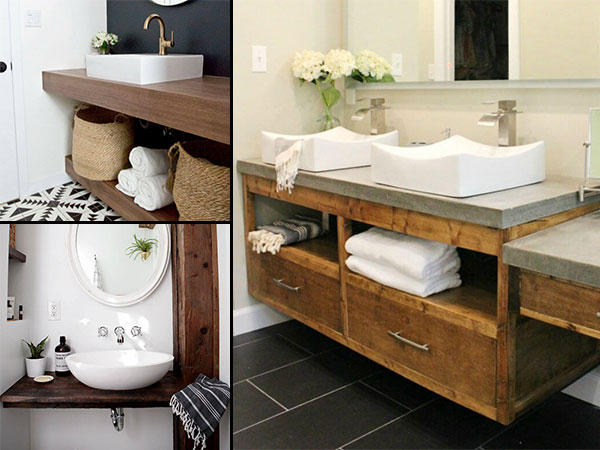 The installation process for a floating bathroom vanity may seem daunting at first, but with the right tools and proper instructions, it can be a manageable DIY project. However, it is always recommended to hire a professional to ensure a secure and stable installation, especially if you have no prior experience with plumbing or carpentry.
Before installing your floating vanity, you will need to
measure the space
where it will be mounted and mark the location of the studs in the wall. This is crucial for a secure installation and to ensure that the vanity can support the weight of the sink, countertop, and any additional storage or accessories.
The installation process for a floating bathroom vanity may seem daunting at first, but with the right tools and proper instructions, it can be a manageable DIY project. However, it is always recommended to hire a professional to ensure a secure and stable installation, especially if you have no prior experience with plumbing or carpentry.
Before installing your floating vanity, you will need to
measure the space
where it will be mounted and mark the location of the studs in the wall. This is crucial for a secure installation and to ensure that the vanity can support the weight of the sink, countertop, and any additional storage or accessories.
Benefits of a Floating Vanity
 Aside from its aesthetic appeal and space-saving benefits, a floating vanity also offers practical advantages. Since there is open space underneath, cleaning the floor becomes much easier and more efficient. This also allows for better ventilation, preventing the growth of mold and mildew in the bathroom.
In terms of storage, a floating vanity can have a
built-in cabinet or shelf
that provides additional space for storing toiletries and other bathroom essentials. This can be especially useful in smaller bathrooms where space is limited.
Aside from its aesthetic appeal and space-saving benefits, a floating vanity also offers practical advantages. Since there is open space underneath, cleaning the floor becomes much easier and more efficient. This also allows for better ventilation, preventing the growth of mold and mildew in the bathroom.
In terms of storage, a floating vanity can have a
built-in cabinet or shelf
that provides additional space for storing toiletries and other bathroom essentials. This can be especially useful in smaller bathrooms where space is limited.
Final Thoughts
 A floating bathroom vanity is not only a stylish addition to any house design, but also a practical and functional choice for smaller bathrooms. With its space-saving benefits, customizable options, and easy installation process, it is no wonder why this type of vanity is gaining popularity in the world of home design. Consider incorporating a floating vanity into your bathroom for a modern and efficient look that will elevate the overall design of your home.
A floating bathroom vanity is not only a stylish addition to any house design, but also a practical and functional choice for smaller bathrooms. With its space-saving benefits, customizable options, and easy installation process, it is no wonder why this type of vanity is gaining popularity in the world of home design. Consider incorporating a floating vanity into your bathroom for a modern and efficient look that will elevate the overall design of your home.

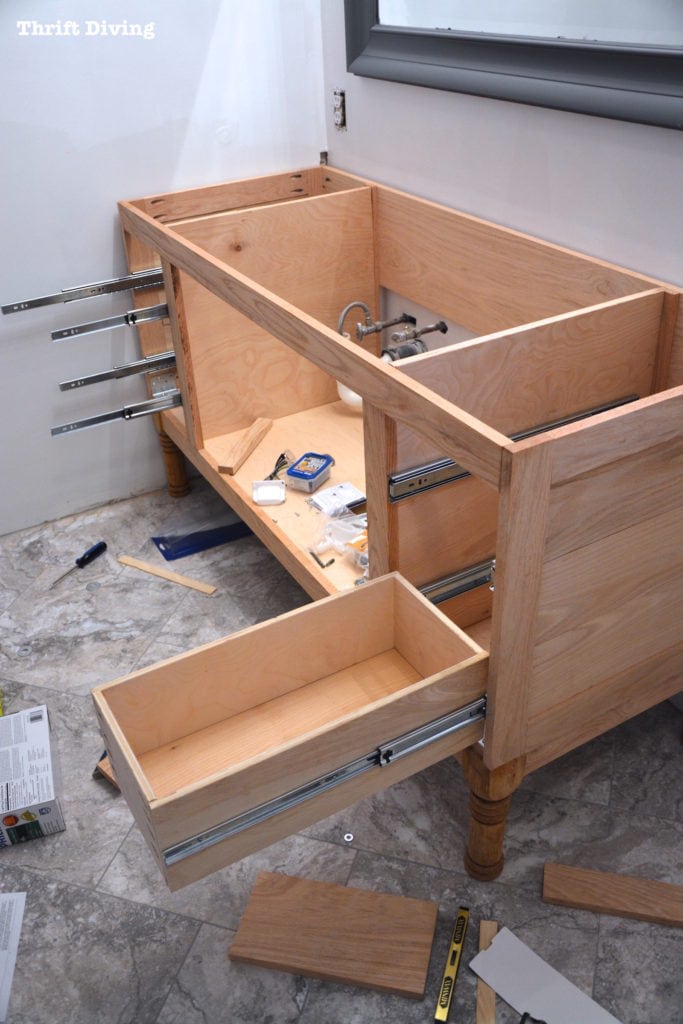
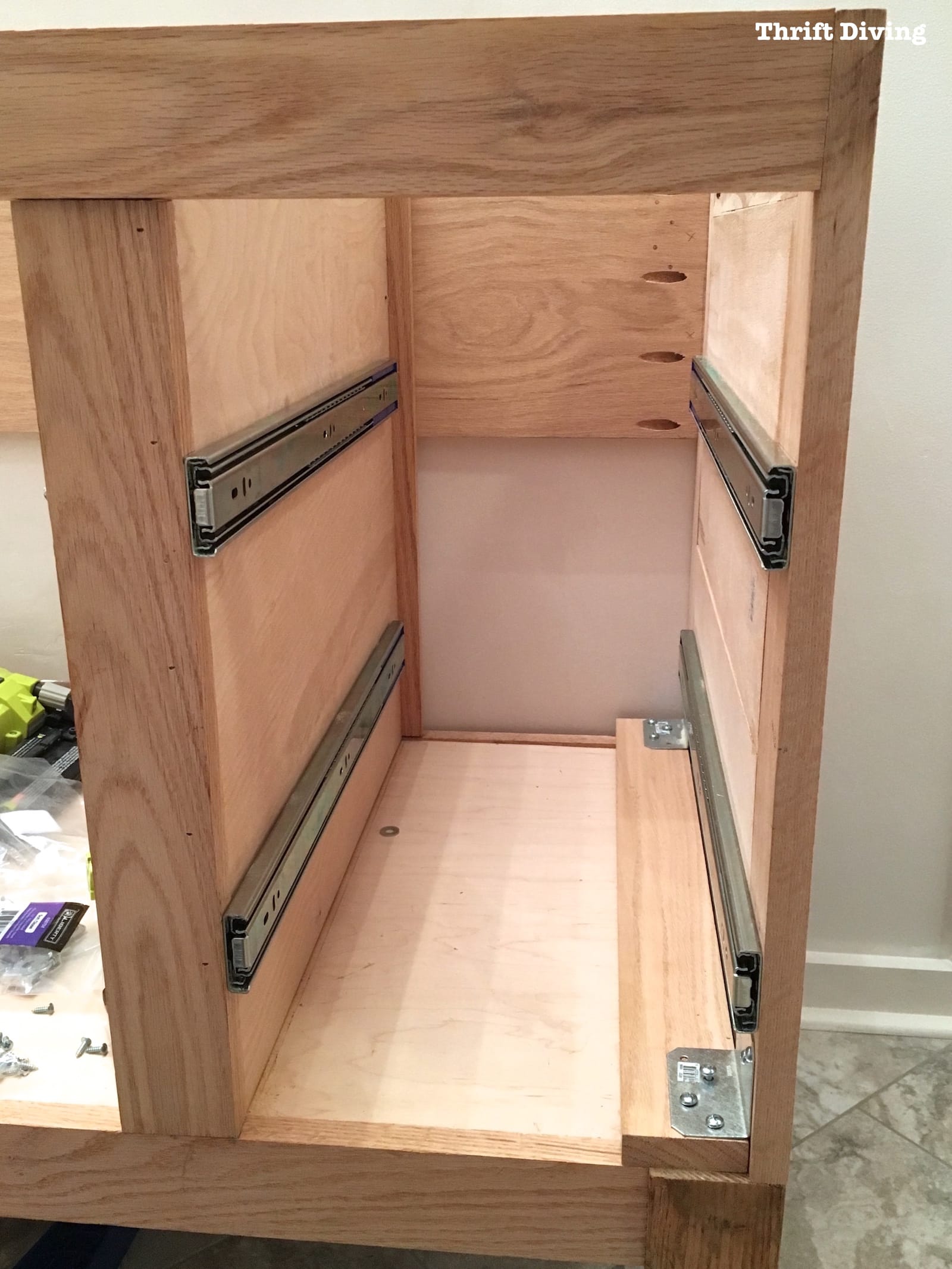





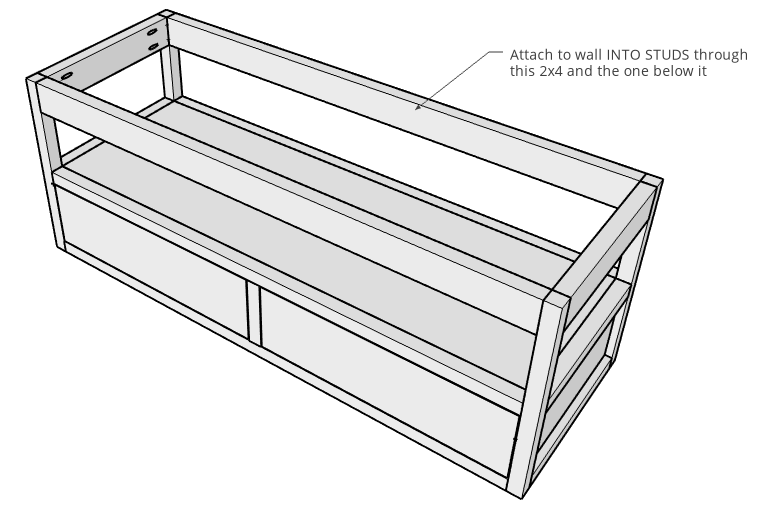



:max_bytes(150000):strip_icc()/build-something-diy-vanity-594402125f9b58d58ae21158.jpg)
/cherry-diy-bathroom-vanity-594414da5f9b58d58a099a36.jpg)



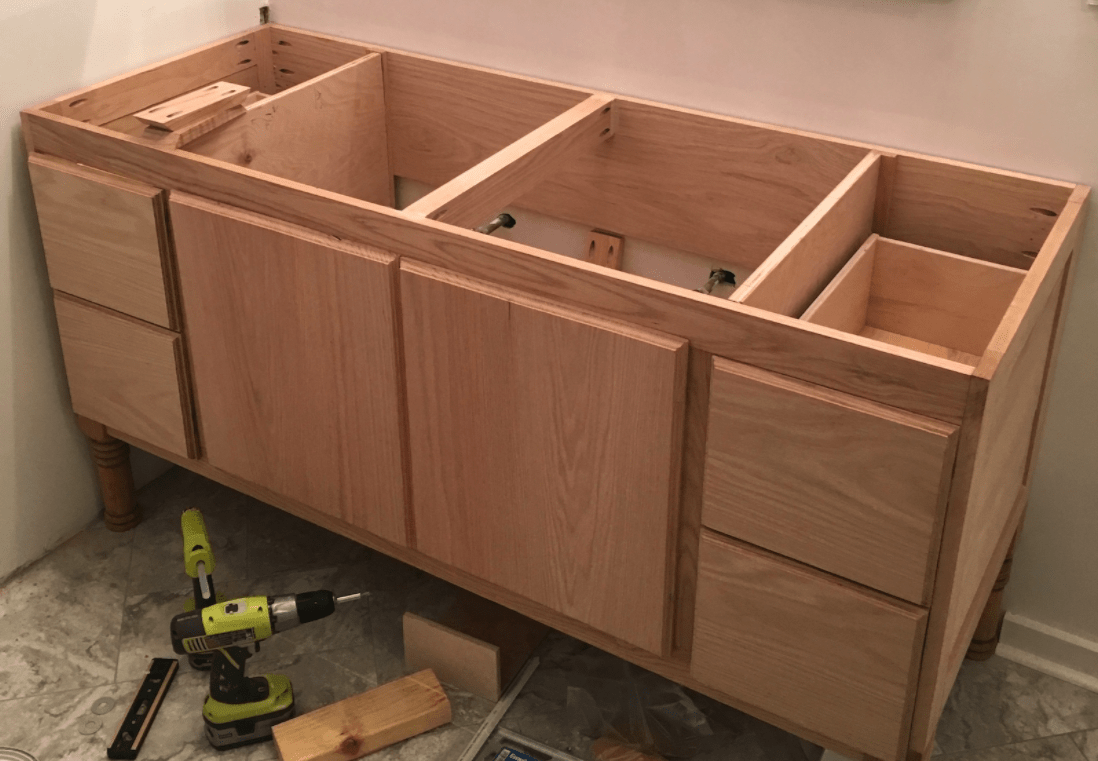
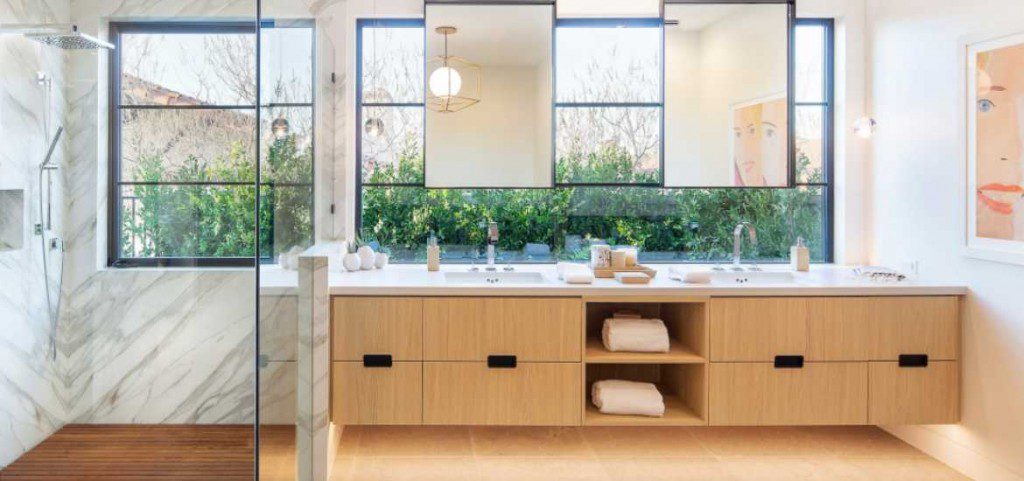
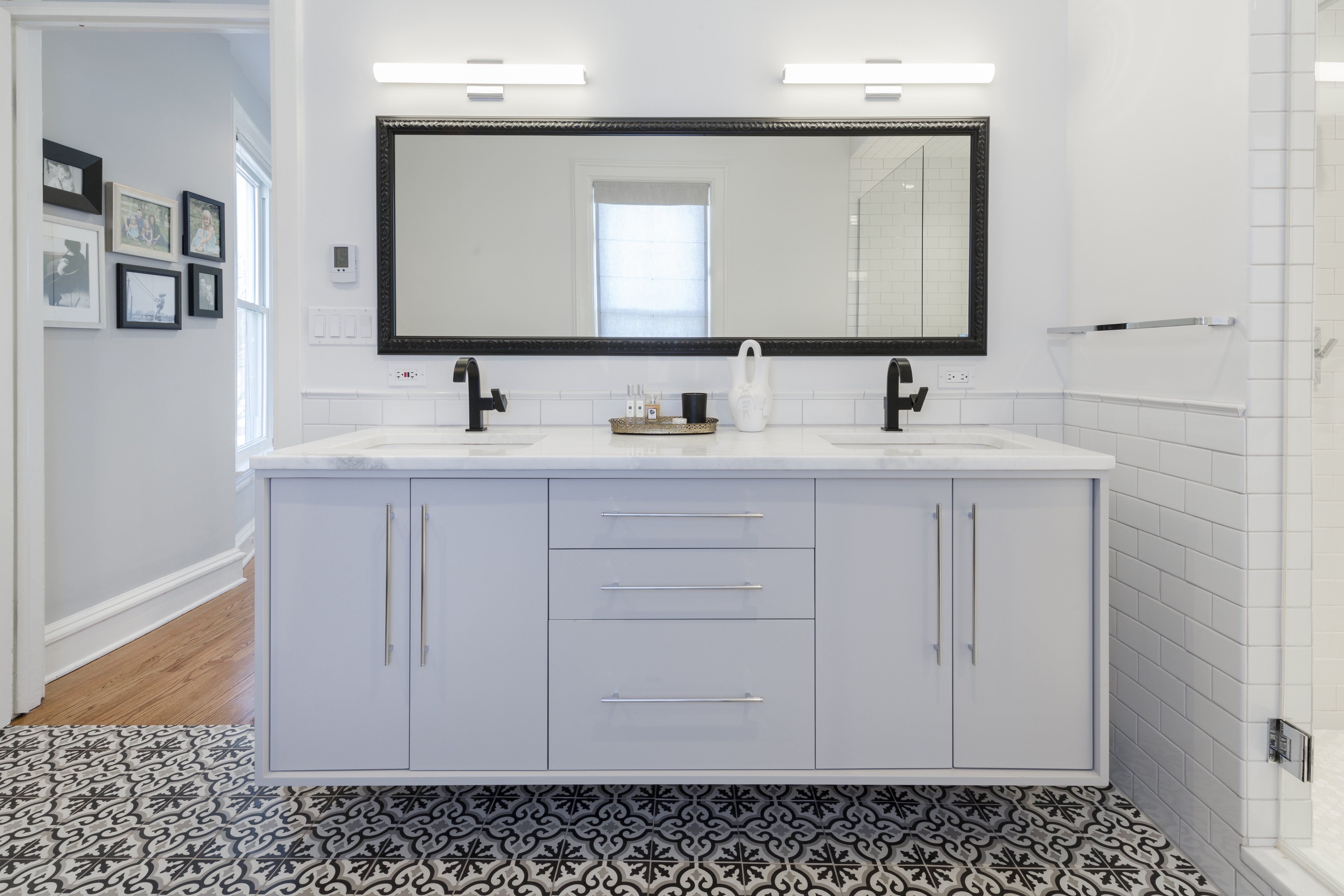

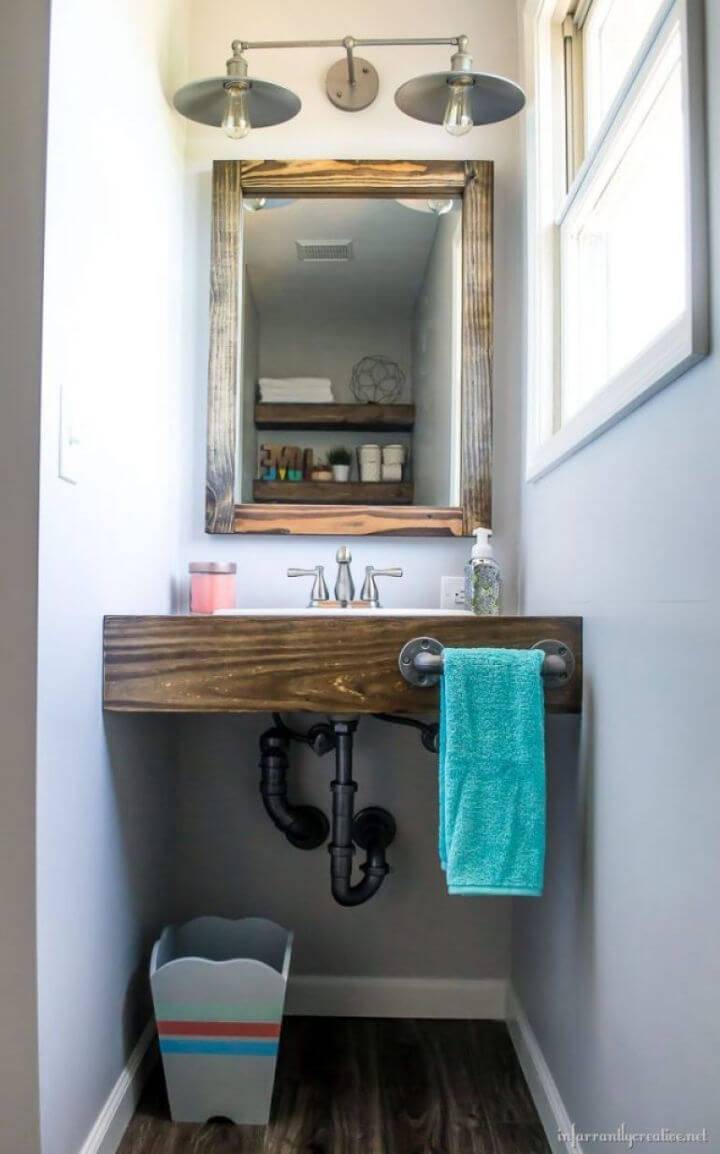
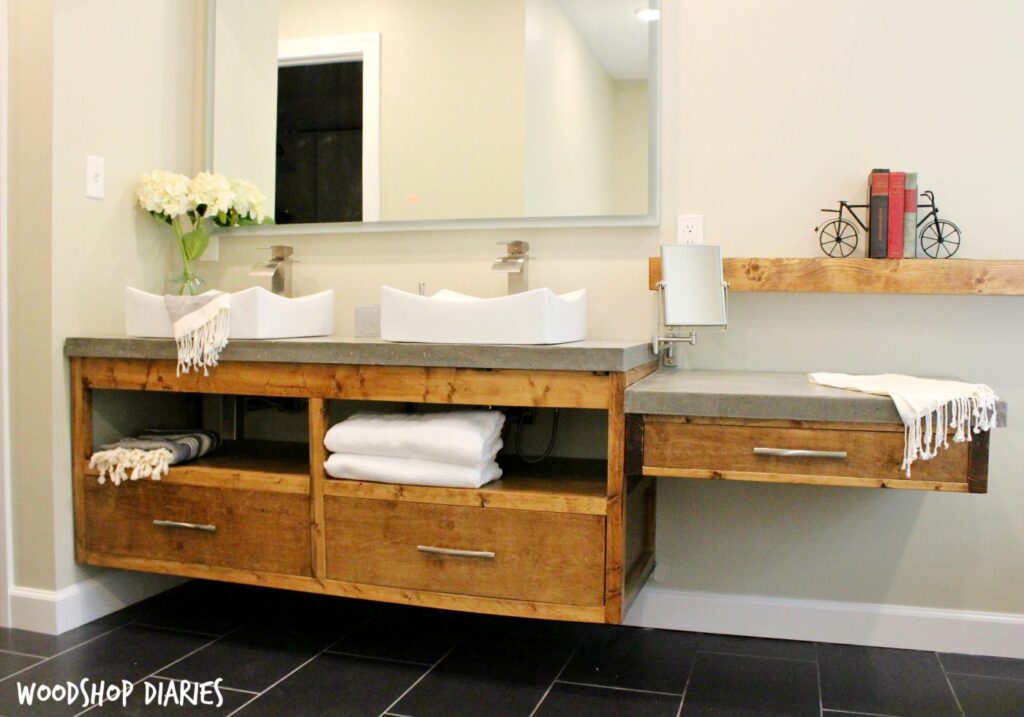




:max_bytes(150000):strip_icc()/floating-wooden-vanity-bathroom-6d5a89ca-81b93827fbc84be3b7bebf3185713e32.jpg)



